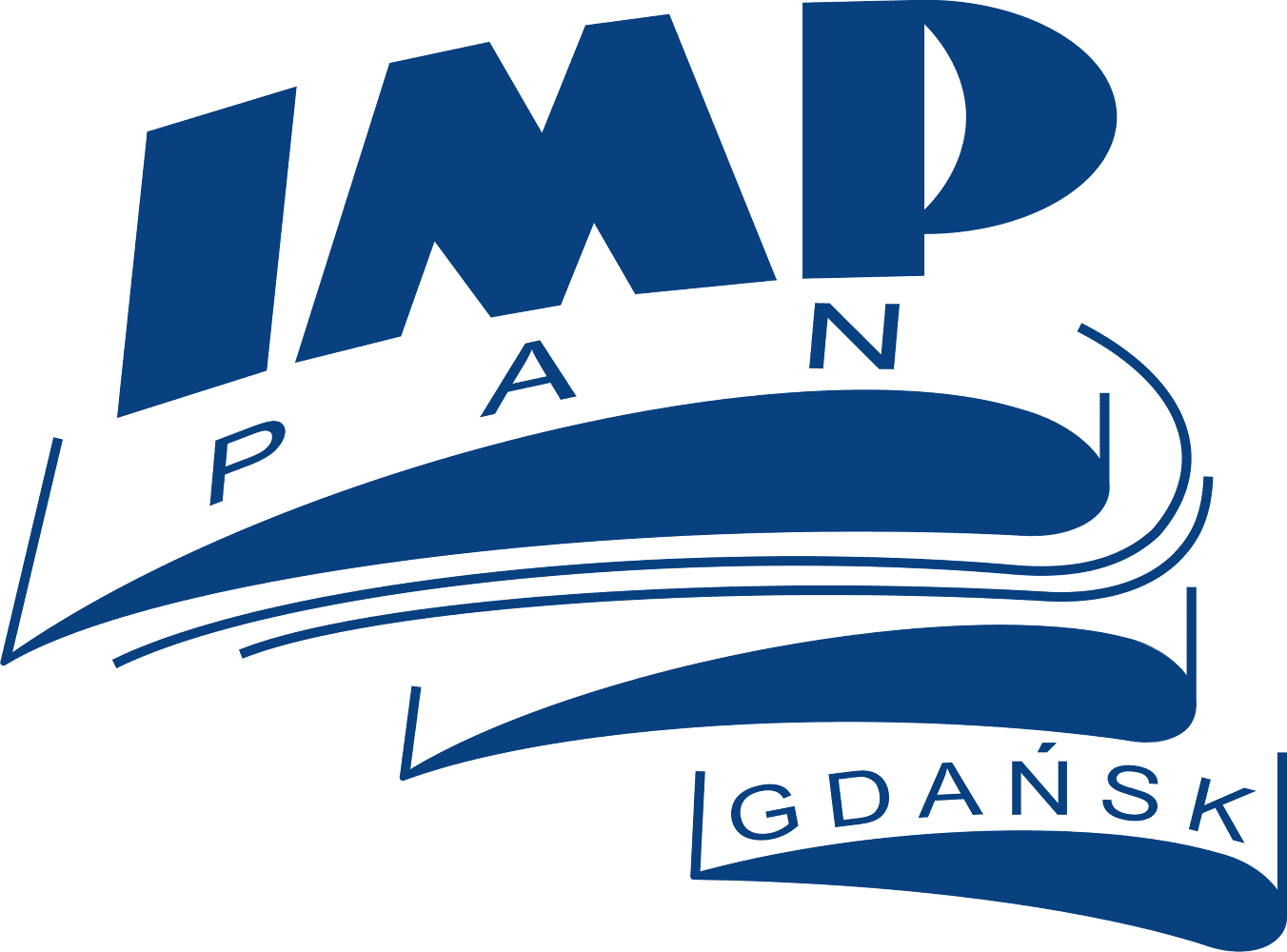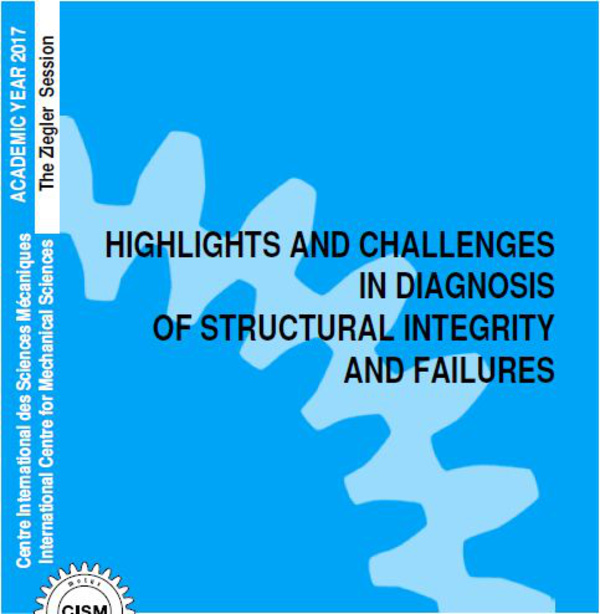The objective of this course is to prepare future experts to configure diagnosis systems for civil, offshore, aerospace and mechanical structures. To achieve this, so that the structures become lighter, damage is allowed to exist during operation as long as it is within safe, predetermined specifications. Course participants shall have the opportunity to learn about emerging technologies, dealing with the development and implementation of techniques and systems where automated monitoring, inspection and damage detection becomes an integral part of the structures.
A major part of the lectures will be dedicated to composite materials increasingly used for ‘modern’ structures. Composite components are lightweight and have excellent fatigue and corrosion resistance. Failure of these structures is still less understood when compared to metals, and therefore it is still a matter of concern and specific attention. To cope with damage in those comparatively new materials, monitoring technologies and strategies are required in order to allow for the advantage of their light weight potential to be used on one hand, and not to compromise safety on the other.
The aim of the course is therefore to describe and explain current research in areas of application and tendencies for the future of this technology including the various design issues. [...]
The course is addressed to: students in post–graduate school (M.Sc. level); Ph.D. students; researchers interested in diagnosis of structural integrity and failures; practicing engineers interested in the field of health monitoring, maintenance, repair and overhaul.





















